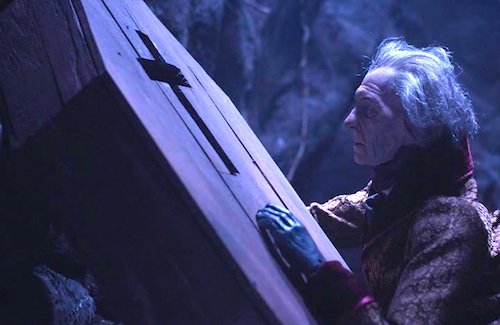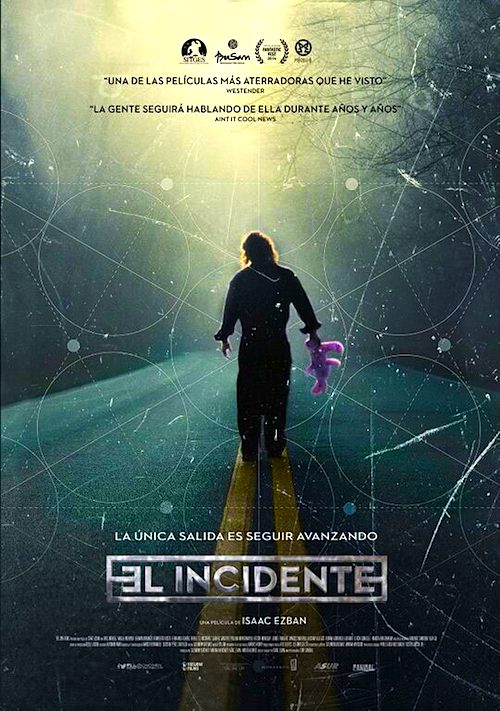By Joe Bendel. It sounds like a reality show, but it will be much more serious than that. For astronauts, isolation is a much greater concern than G-forces or anything physical. Therefore, the potential crew of an upcoming privately funded interstellar mission are auditioning by spending four hundred days in an underground simulator. They expect Kepler Industries will have plenty of planned challenges in store for them. However, the real surprise might be unleased on the Earth above them in Matt Osterman’s 400 Days, which opens this Friday in New York.
Cole Dvorak is the hard charging blowhard who will be making the crew’s regular broadcasts to the outside world. “Bug” Kieslowski is the squirrely one, but somehow he is also the crew’s only married parent. Dr. Emily McTier will be tracking everyone’s mental and physical health, so she is going to be really darn busy. Theo Cooper is their loose cannon captain, slightly in the Kirk-ish tradition. Unfortunately, he started the mission with a nasty hangover, but he had a good excuse. He had just been dumped by McTier.
Everything went swimmingly well during launch, but the crew lost radio contact with mission control shortly thereafter. Assuming it is all part of the plan, they carry on, notching their mission objectives as the four hundred days count down. However, as the near the day of their simulated re-entry, strange things start happening. Stress has clearly taken a toll on everyone, but when a half-starved wretch of a man breaks into their simulator, they realize something well outside the simulation’s parameters is underfoot. When they venture outside, they find the world has changed. It is now a very dark, predatory place—perhaps even post-apocalyptic, but the vibe is more Kafka and Sartre than Mad Max.
Executive Producer Dane Cook reportedly takes a lot of flak from other comedians, but he really gives 400 Days a tremendous boost of energy as the boorish, ego-inflated Dvorak. He gets over some of the film’s best lines as Dvorak becomes increasingly unhinged. Brandon Routh is more than a little bland on-screen, but one could argue he is appropriately taciturn as the glumly competent Cooper. Despite her growing cult following, Caity Lotz glams down for McTier, projecting her intelligence and sensitivity. Ben Feldman’s Kieslowski over relies on twitchy mannerisms, but Grant Bowler brings plenty of oily charisma as Kepler Industries’ CEO, Walter Anderson. It also seems fitting to have a Lost alumnus on board in some capacity.

In many ways, 400 Days shares a kinship with the original Twilight Zone pilot, “Where is Everybody?,” but it delves deeper into the dark side of humanity. Somewhat frustratingly, Osterman guards the film’s unsettling ambiguity and never gives us a grand unified explanation of anything. That is both good and bad, because that means the film will keep bugging you well after the initial viewing. Yet, for those who were raised on Rod Serling, it is sort of refreshing.
Regardless, Osterman maintains an air of mystery and slowly but surely keeps the tension mounting as soon as the crew loses communications with the outside world. 400 Days is the first release of SyFy’s new theatrical arm, which probably creates a certain level of expectations, based on SyFy originals like Lake Placid vs. Anaconda and Mega Shark vs. Crocosaurus, but this is in a whole different league. It is decidedly small in scale, which might leave many sf fans unsatisfied, but its paranoid tautness is rather impressive. Recommended to a surprising extent for fans of the weird, 400 Days opens this Friday (1/15) in New York, at the Cinema Village.
LFM GRADE: B+
Posted on January 13th, 2016 at 12:42pm.




